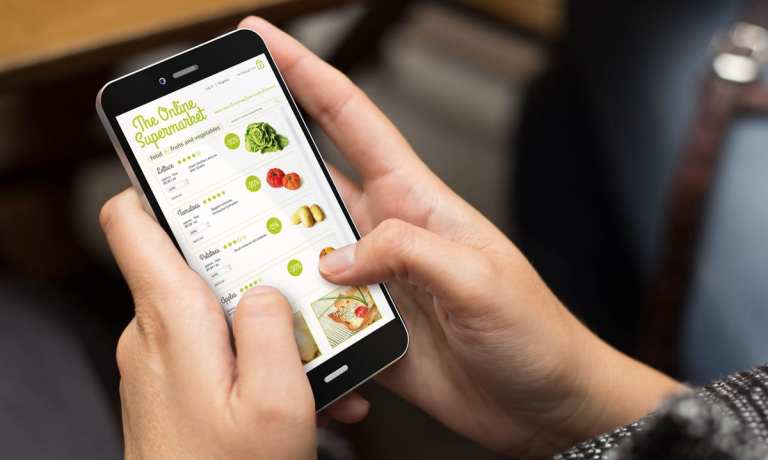Grocers are no longer the dinosaurs of retail. The early months of the pandemic found consumers, so used to the intuitive user experiences offered by eCommerce giants such as Amazon, frustrated by leading grocers. With online shops that were difficult to navigate and in-store pickers’ substitutions so inaccurate as to often venture into the absurd, grocers often alienated their would-be digital customers. Now that the industry has had time to adjust to the omnichannel new normal, however, the experience has improved dramatically, and shoppers are taking note.
For instance, rather than starting at zero every time, shoppers can now benefit from grocers’ data on previous purchases, recommending the reordering of past favorites. These features both reduce the amount of time it takes to make a purchase, allowing consumers to quickly add items they already like and/or trust to their carts, and grocers to build deeper relationships with existing customers.
Additionally, search functionality has also improved across leading first- and third-party online grocers, similarly driving conversion by reducing the amount of time between beginning the shopping process and clicking the checkout button.
These updates are a huge motivator for grocery’s online customers, according to data from PYMNTS’ What Consumers Expect From Their Grocery Shopping Experiences study, created in collaboration with ACI Worldwide. The study found that, between October of 2020 and June of 2021, an eight-month period, a large portion of grocery shoppers began turning to digital channels because these channels had become faster than purchasing in stores. Specifically, the share of consumers citing speed as a deciding factor for purchasing groceries online more often rose from 36.9% to 57.2%, a 55% increase.
Related news: Digital Features Can Help Grocers Win Over 43 Percent Of Shoppers
The report also found that consumers’ overall user journey had improved, driving adoption. The share of consumers citing “I had a good experience and want to continue shopping online” as a reason for doing so more often increased in the same period from 39.7% to 53.4%, a 35% increase. In the same vein, the share citing that online purchasing channels are “easier and more convenient” as a motivator grew from 60.2% to 76.3%.
Advertisement: Scroll to Continue
Part of this user experience improvement comes from grocers’ increasing ability to make smart substitutions for out-of-stock items. While some brands still lag, offering ridiculously impractical suggestions, others are leveraging a range of first- and third-party data to present options more similar to those that the consumers themselves would choose.
Many of these upgrades have occurred behind the scenes, but over the summer, Walmart announced a solution that allows pickers to leverage artificial intelligence (AI) to make more informed decisions. Similarly, Upskill, the augmented reality (AR) subsidiary of technology firm TeamViewer, has been bringing AI into picking and packing with Google Glass, allowing grocers to fulfill eCommerce orders more quickly and accurately.
Read more: Walmart Uses Predictive AI To Avoid E-Grocery Substitution Shame
“If you look at the change in buyer trends over the last 24 months, and heavily accelerated over the last 18 because the consumer interest in buying online and picking up curbside,” Upskill founder Brian Ballad told PYMNTS in an interview, “there’s a speed, capacity and accuracy challenge and, frankly, also [it is difficult] to maintain any kind of margin in the extremely tight industry that is retail and grocery.”
See also: Hybrid Robot/Human Picking Can Ease eGrocers’ Labor Challenges
With more efficient fulfillment, more intuitive consumer journeys, and smarter use of data, grocers are removing the major pain points from the ecommerce experience, driving adoption and forging the way toward their digital futures.




